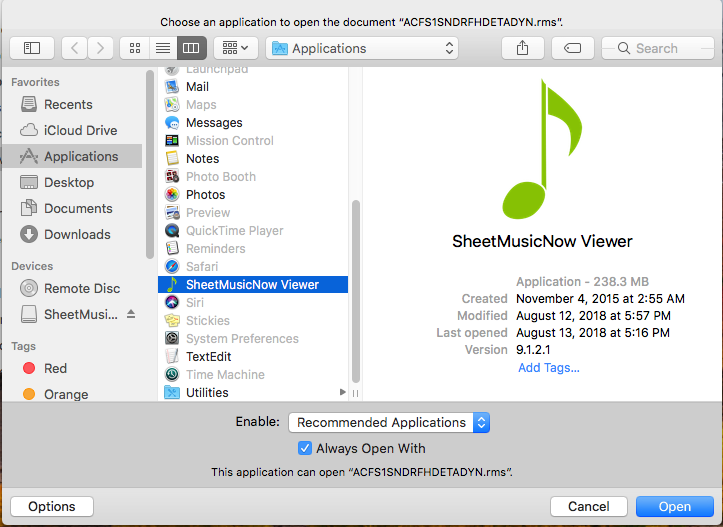


However, detection of vascular inflammation is challenging because of the small size of the target and the non-specific nature of 18F-FDG 5. Positron emission tomography/computed tomography (PET/CT) imaging with glucose analog 2-deoxy-2-fluoro- D-glucose ( 18F-FDG) has been used for imaging inflammation in atherosclerosis on the basis of the high glucose consumption of macrophages in inflamed plaques 3, 4. Inflammation of the vessel walls plays a role in the development of atherosclerosis and its complications 1, 2. Thus, 18F-FOL PET/CT targeting of FR-β-positive macrophages presents a promising new tool for the in vivo imaging of atherosclerotic inflammation. We noticed that the 18F-FOL uptake correlated with the density of macrophages in plaques and provided a target-to-background ratio as high as 18F-FDG, but with considerably lower myocardial uptake. We then demonstrated specific accumulation of intravenously administered 18F-FOL in atherosclerotic plaques in mice and rabbits using PET/CT. Firstly, we found that the in vitro binding of 18F-FOL co-localized with FR-β-positive macrophages in carotid endarterectomy samples from patients with recent ischemic symptoms. Compound 2-deoxy-2-fluoro- D-glucose ( 18F-FDG) was used as a comparison. We studied atherosclerotic plaques in mice, rabbits, and human tissue samples using 18F-FOL positron emission tomography/computed tomography (PET/CT). We investigated aluminum fluoride-18-labeled 1,4,7-triazacyclononane-1,4,7-triacetic acid conjugated folate ( 18F-FOL) for the detection of atherosclerotic plaque inflammation. Because the folate receptor β (FR-β) is selectively expressed on macrophages, an FR targeted imaging agent could be useful for assessment of atherosclerotic inflammation. Inflammation plays an important role in the development of atherosclerosis and its complications.


 0 kommentar(er)
0 kommentar(er)
